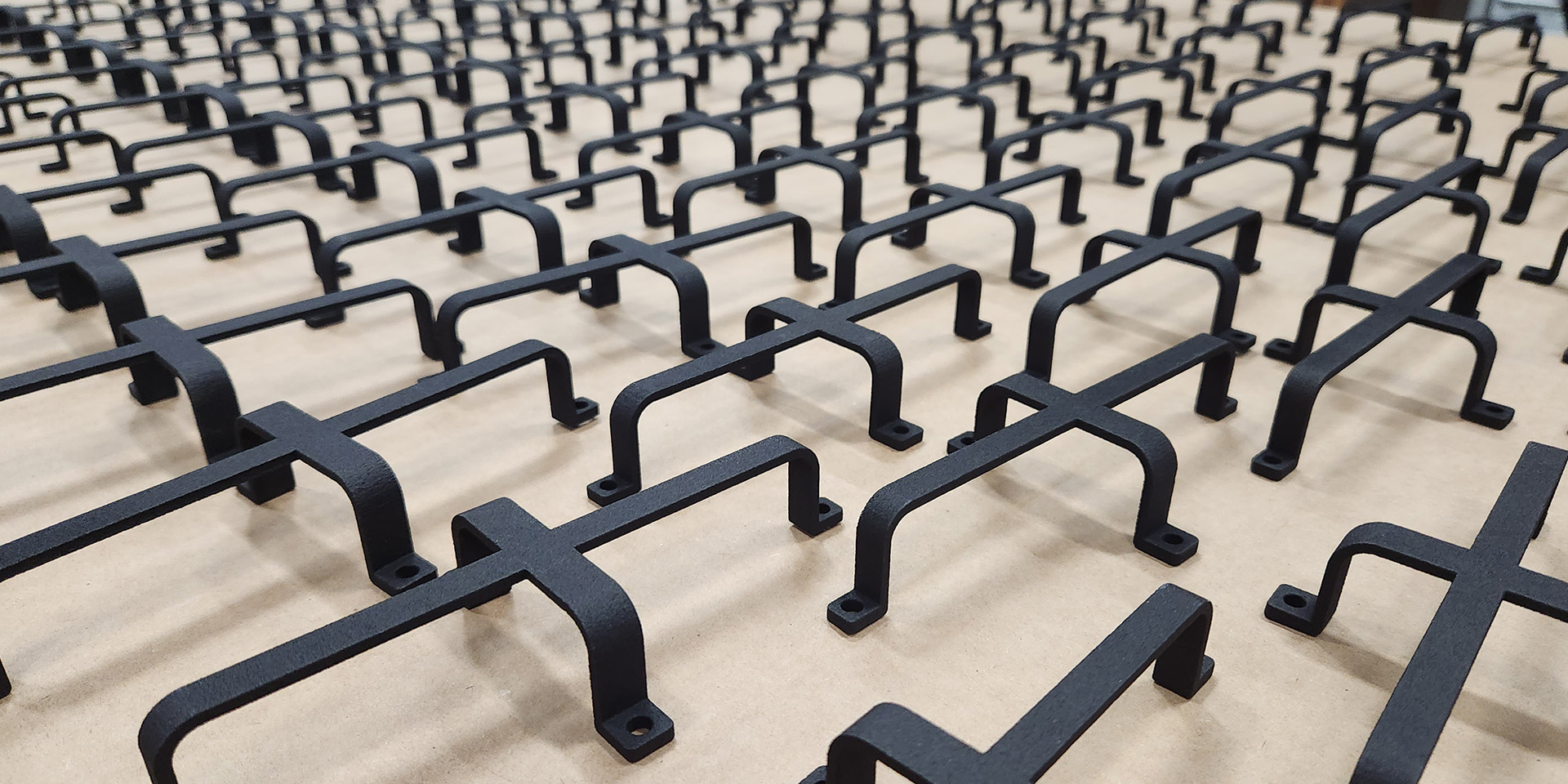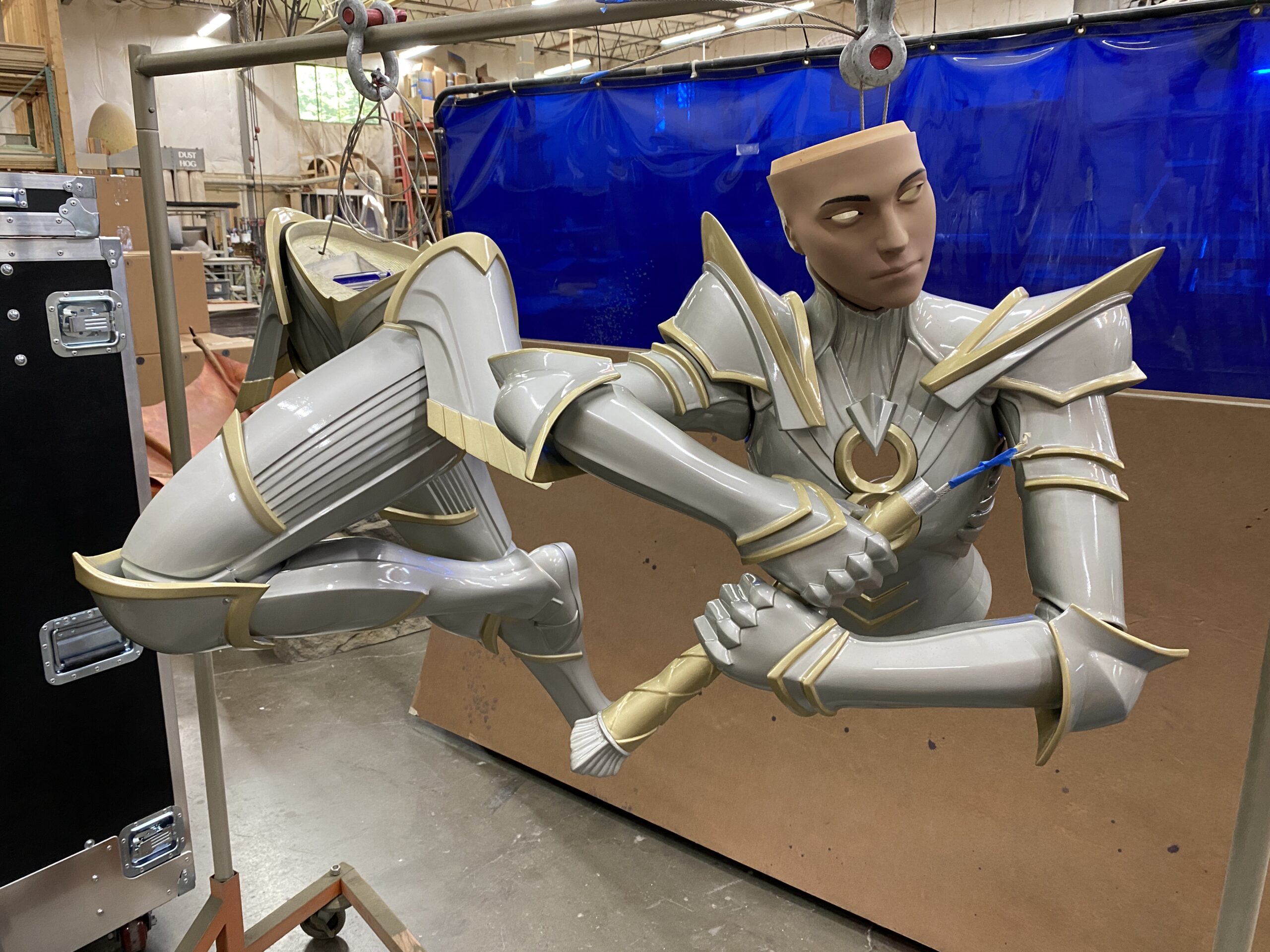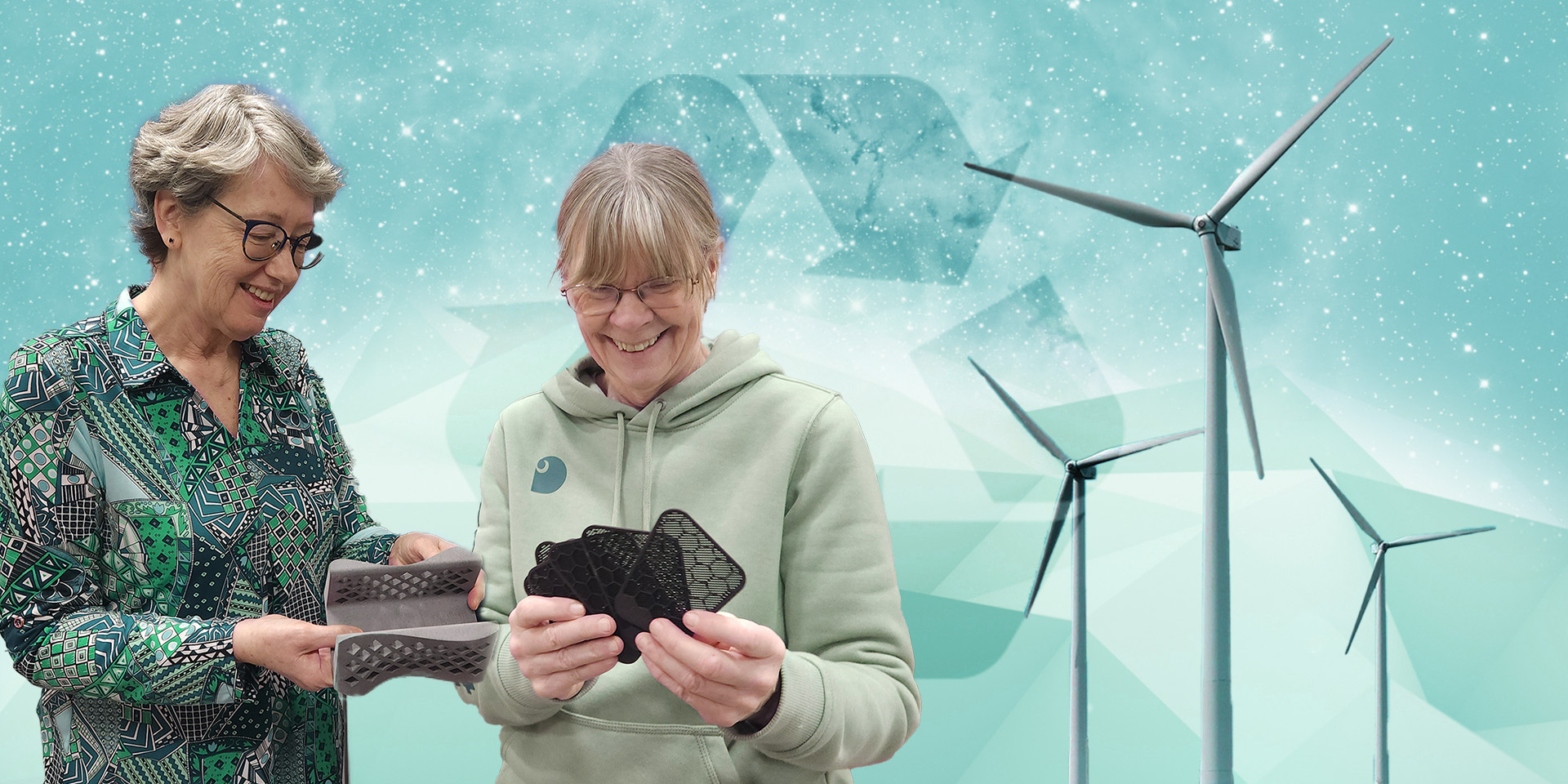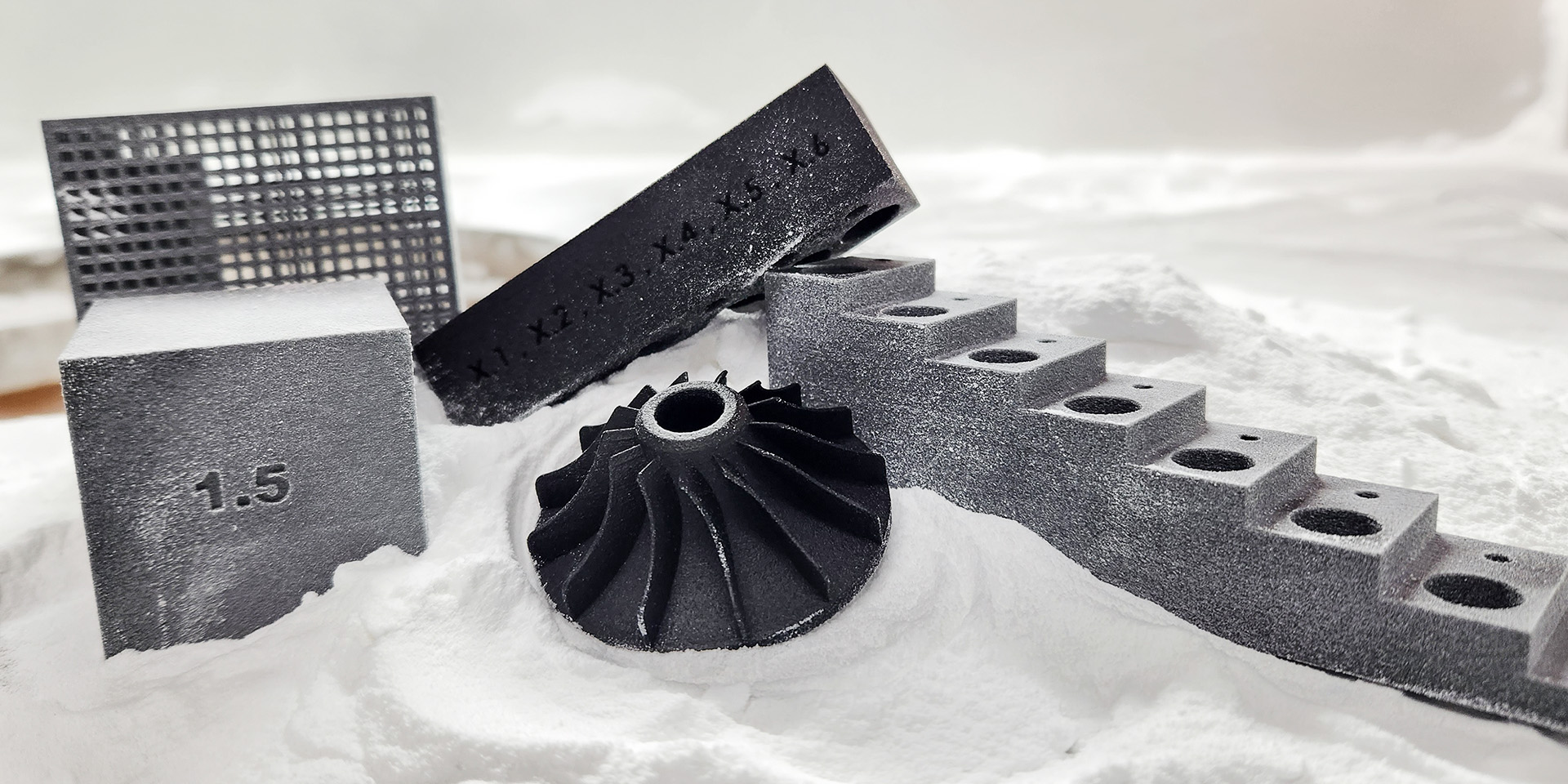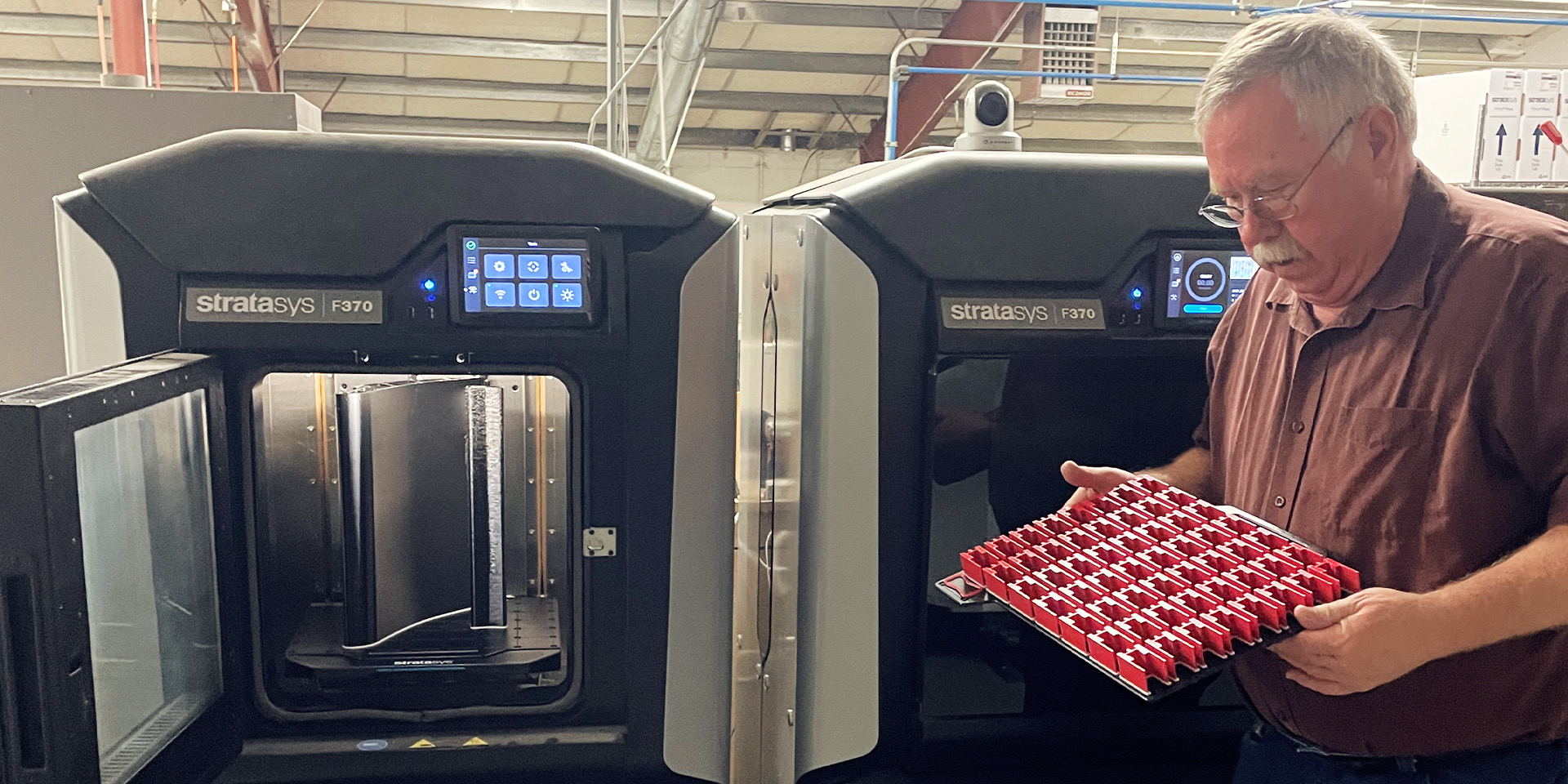Injection molding and vacuum thermoforming are longstanding techniques used to manufacture parts…
Blog
Dillon Works Elspeth Display Piece
We got to take part in an amazing project by Dillon Works…
The Positive Environmental Impact of 3D Printing
Additive manufacturing has the reputation of being more ecologically friendly than traditional…
SLS, SLA, or SAF? Comparing 3D printing methods
There are many different 3D printing processes that have been developed in…
Additive Manufacturing Outlook for the New Year
What 3D printing process is best for your industry? Whether you are…

